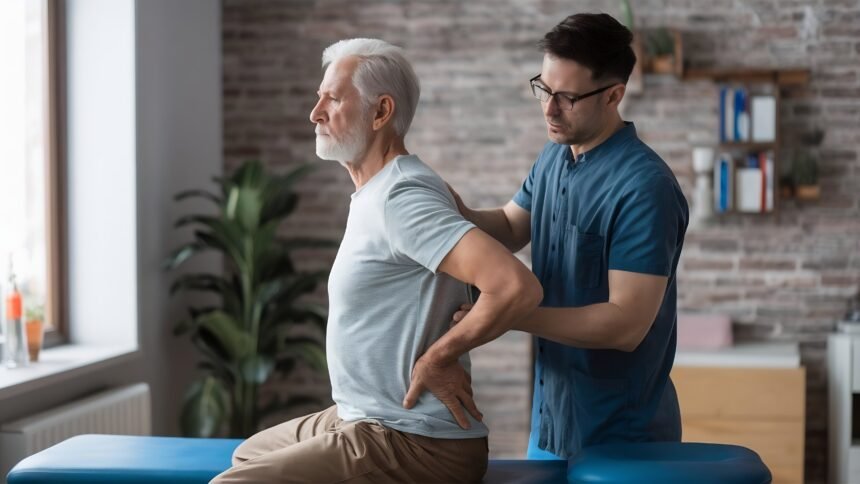If you suffer from facial pain, headaches, or difficulty opening your jaw because of a disorder of the temporomandibular joint, the good news is that you most likely do not need surgery. Physical therapy is one of the most effective nonsurgical treatments for TMJ disorder. However, it is a process, and seeing results can take time. In the interim, there are other conservative measures to relieve your symptoms.
TMJ Tips and Tricks: Techniques for Managing Discomfort
The temporomandibular joint is the point where your jawbone connects to your skull. Inflammation of the soft tissues in and around this joint can cause symptoms of pain and limited range of motion, sometimes associated with clicking and popping.
It is not always possible to determine the cause of TMJ disorder, but Mount Vernon physical therapy has been found to help, as well as other conservative treatments you can do at home. For example, you could use a cold or hot compress on your jaw. Ice reduces inflammation and numbs pain, while heat increases blood flow and reduces muscle tension.
Sleep is important for healing, but the pain of TMJ disorder can keep you awake. Avoid sleeping positions that put pressure on the jaw, such as the stomach, and use enough pillows to support your neck. If you cannot sleep on your back, you can sleep on your side, but avoid placing your hand under your jaw.
Chronic stress can increase muscle tension and cause you to clench your jaw or grind your teeth. Try stress-relief activities that increase the mind-body connection, such as yoga or meditation.
Overuse of the jaw can contribute to symptoms of the TMJ. Avoid chewing gum or eating foods that are difficult to chew.
Jaw Relief Journey: PT’s Approach to TMJ
“What happens when I go to physical therapy near me for TMJ disorder?” you may be wondering. The first step is an initial evaluation. Your therapist will gather as much information about your condition as possible by asking you questions about how your symptoms started and what makes them worse. Based on this information, your physical therapist will design a program for you.
The first step is often to relieve your pain. To accomplish this, your therapist may use pain relief modalities such as massage, ultrasound therapy, or transcutaneous electrical nerve stimulation, also known as TENS therapy. Because TMJ disorder can lead to decreased jaw range of motion, your therapist may manually mobilize the joint.
Most likely, your therapist will teach you exercises to help you maintain the proper alignment of your jaw as it opens and closes. You may also receive instruction on improving your posture. Poor posture, such as when you keep your head bent to look down at your phone, can put pressure on your TMJ and contribute to your symptoms. Improving your posture helps take the pressure off.
You do not have to live with the pain and symptoms of TMJ disorder, and in most cases, you don’t have to have surgery either. Find a physical therapy clinic that treats TMJ disorder and make an appointment for an initial evaluation.


Leave a Reply